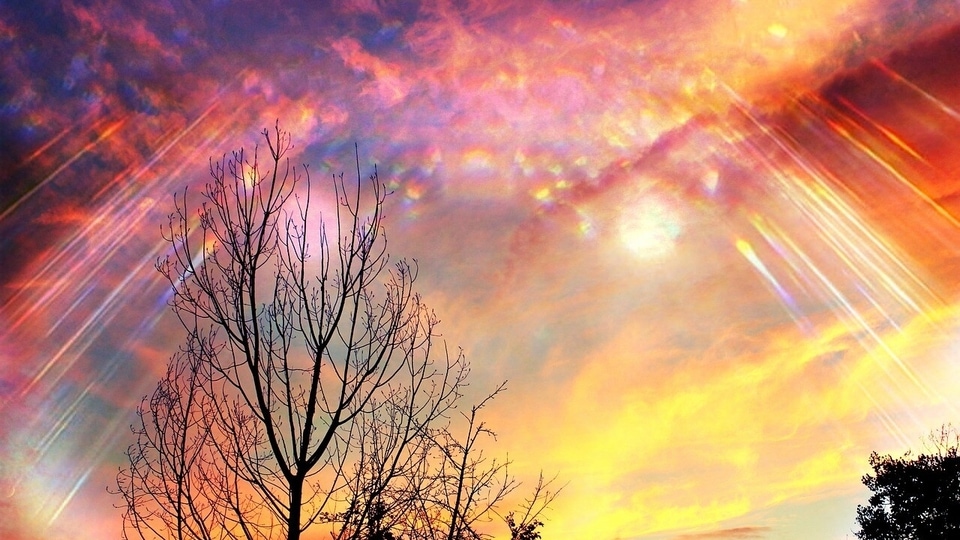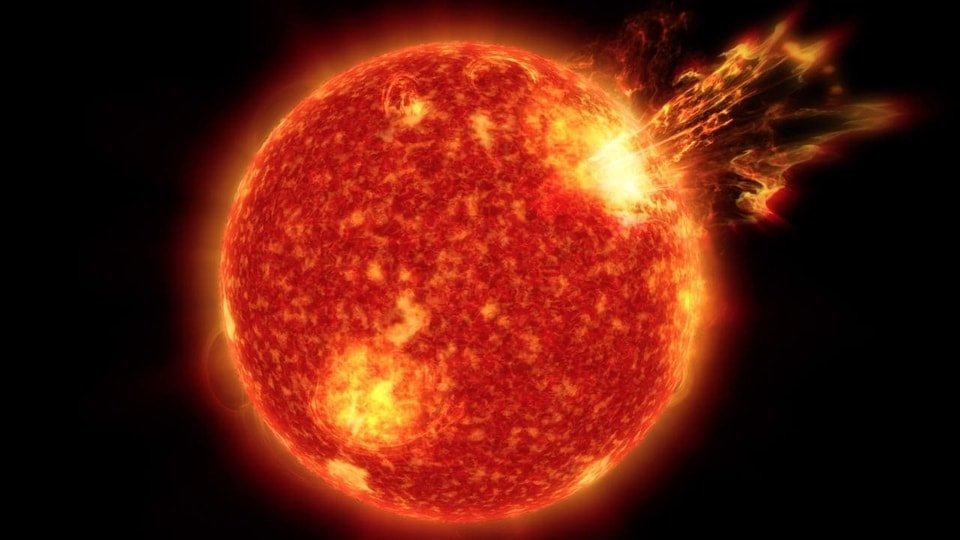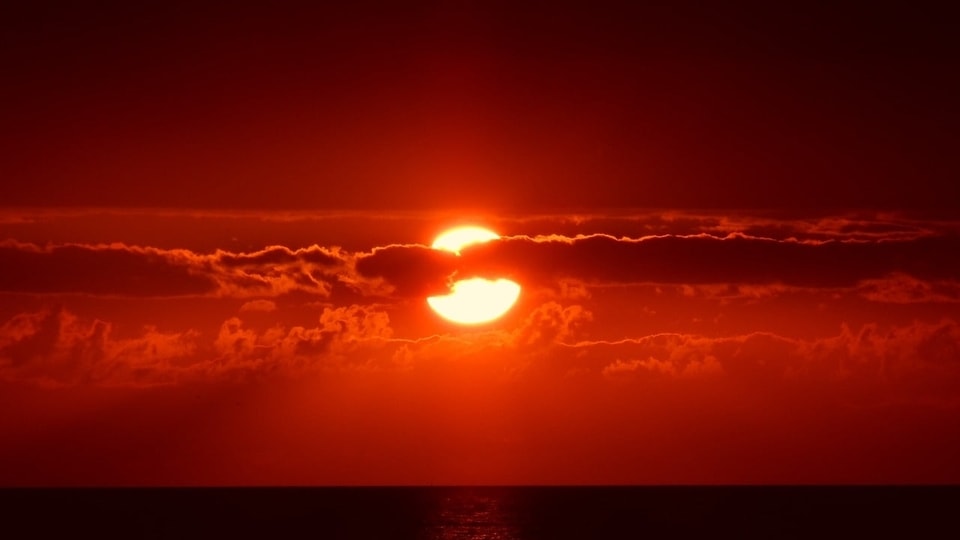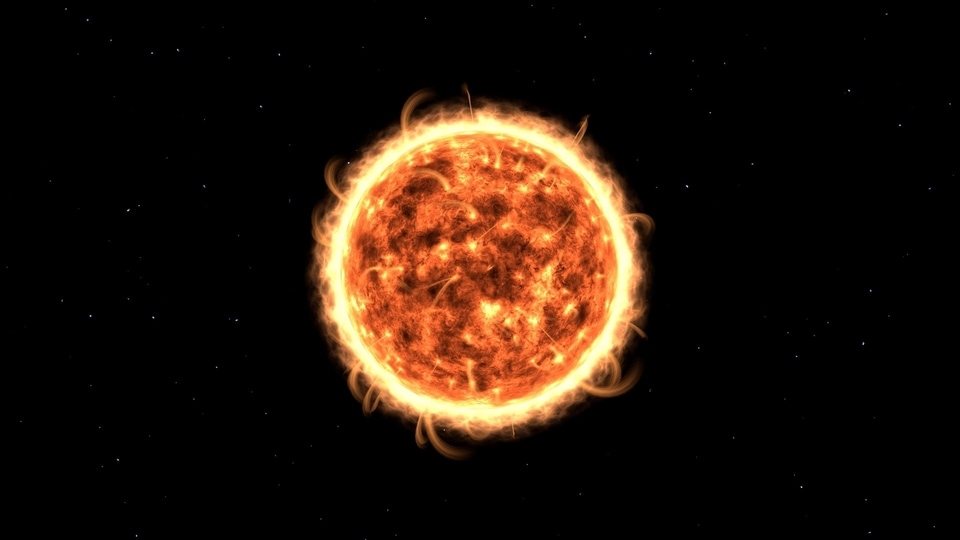Solar storm warning: Unstable sunspots could hurl out X-class solar flares today, NASA says
NASA has revealed that the effects of rising solar activity are now being seen again as multiple sunspots possess energy for solar flares that can spark a solar storm. Know all about this upcoming solar storm today.






 View all Images
View all ImagesEven though we're just 4 days into 2024, we've seen already seen several strong solar flares hurled out towards Earth, sparking a solar storm. On December 31, the Sun hurled out an X-class solar flare that hit Earth just a few days ago, and it is still causing radio blackouts in the polar regions. The Sun has been showing all its might for the past couple of months and as we approach the solar maximum that will likely occur in 2024-25, its wrath is only expected to increase. NASA has revealed that the effects of this rising solar activity are now being seen again as multiple sunspots possess energy for solar flares that can spark a solar storm. Know all about this upcoming solar storm today.
Solar storm today
According to the National Oceanic Atmospheric Administration (NOAA), only 4 numbered sunspots have been observed on the Sun. however, all of them have unstable beta-gamma' magnetic fields. These sunspots harbour energy for solar flares. After studying the data collected by the Solar Dynamics Observatory (SDO), NASA says that there is a 40 percent chance of M-class solar flares today, January 5.
However, that is not the only danger faced by Earth today. The report further states that there is a 15 percent chance that X-class solar flares could be hurled out towards the planet too. But why is it dangerous? For the unaware, X-class solar flares are the most intense flares which can result in long-lasting radiation storms. If the X-class flares are too strong, they can result in loops that are ten times as big as Earth which leaps off the Sun's surface as the magnetic fields cross over, according to NASA. When these loops reconnect, they can produce as much energy as a billion hydrogen bombs!
If the solar flare does indeed impact Earth, it will be the third X-class flare striking the planet within a month.
On December 14, an X2.8 solar flare was hurled out by sunspot AR3514. Interestingly, the same sunspot also hurled out another X5.0 solar flare on December 31, sparking a solar storm. It was the strongest solar flare seen since 2017.
Also, read these top stories today:
Danger for ChatGPT, Google Bard?
Free versions of AI models are challenging Big Tech, but they could also benefit the giants more than one would expect.
Some interesting details in this article. Check it out.
Jobs in the Age of AI
Daniel Shapero, LinkedIn's COO, on his advice for Gen Z workers entering a labor market undergoing radical change.
Dive in here.
Space race - the battle of the billionaires!
It is Jeff Bezos vs Elon Musk!
When the Vulcan rocket lifts off for the first time as soon as next week, multiple billionaires, including Amazon's Jeff Bezos and SpaceX's Elon Musk, are sure to be watching.
Know what's up.
If you enjoyed reading this article, please forward it to your friends and family.
One more thing! We are now on WhatsApp Channels! Follow us there so you never miss any updates from the world of technology. To follow the HT Tech channel on WhatsApp, click here to join now!
Catch all the Latest Tech News, Mobile News, Laptop News, Gaming news, Wearables News , How To News, also keep up with us on Whatsapp channel,Twitter, Facebook, Google News, and Instagram. For our latest videos, subscribe to our YouTube channel.
































